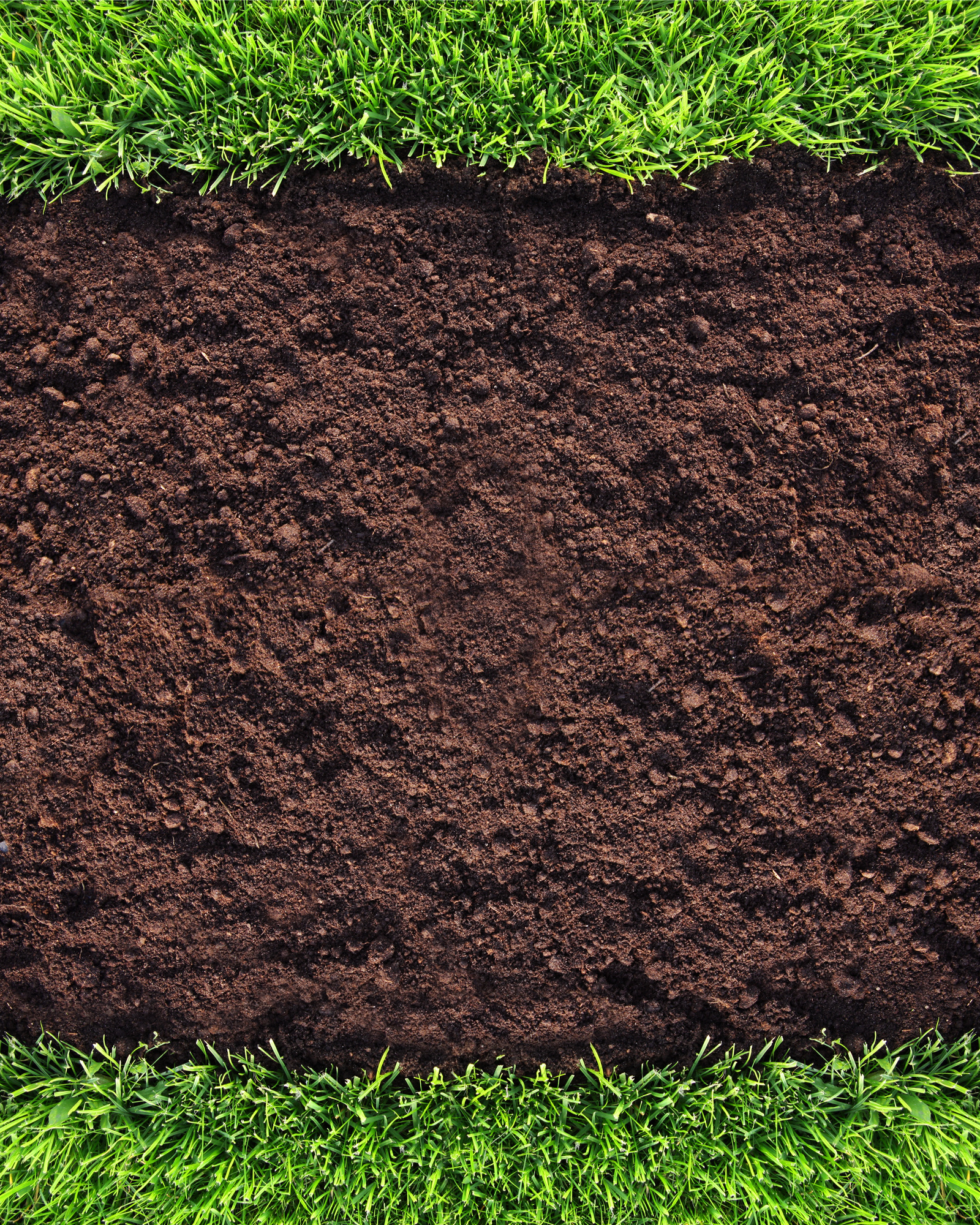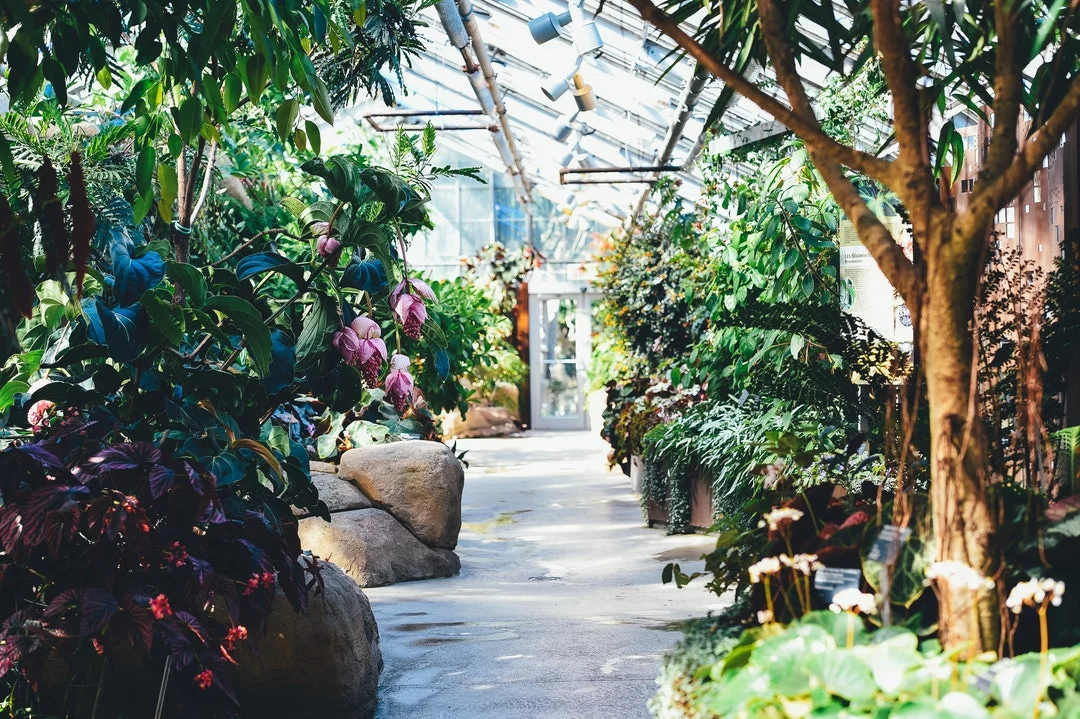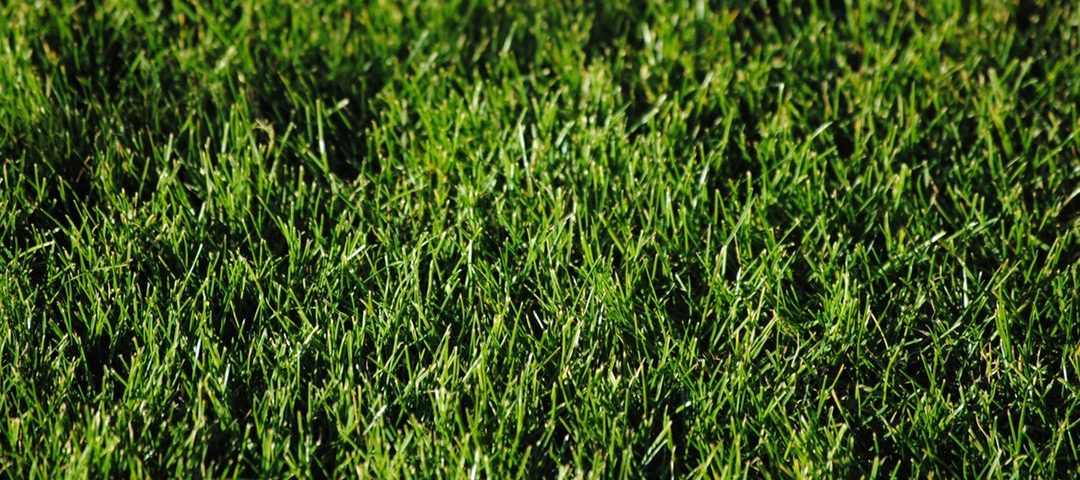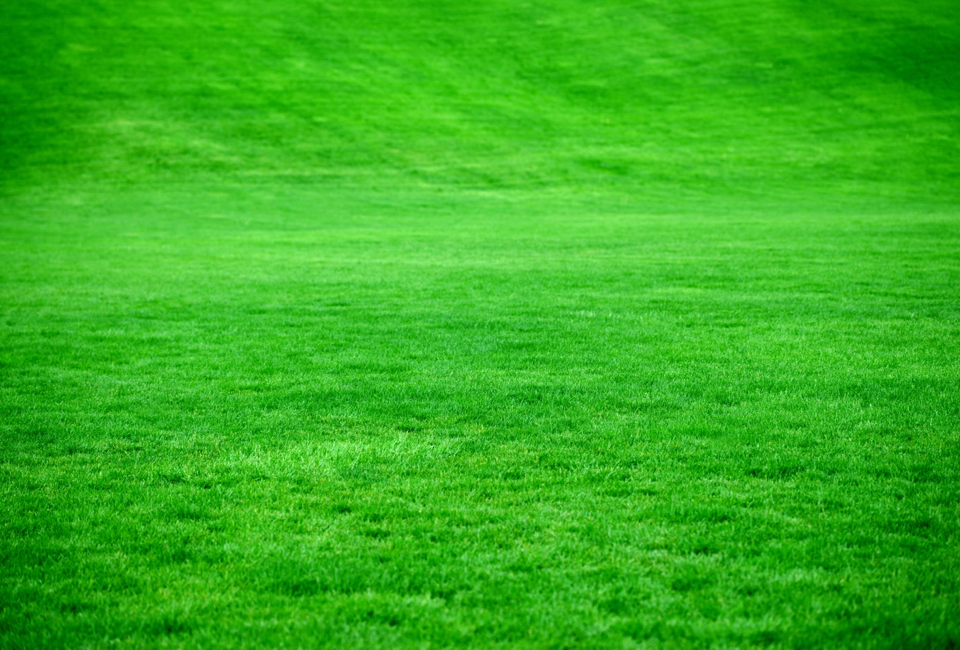
Sustainability 101-Here’s The Dirt On Why Healthy Soils Are Full Of Life
November 28, 2018
8 Lesser-Known Tips the Top Plant Nurseries Use to Thrive
December 1, 2018A lush, beautiful lawn is an important part of a home for most people. There’s nothing quite like sitting back and looking out over a sea of green. It’s satisfying and peaceful.
But getting that lush, beautiful lawn takes work. That means you need to mow it, water it, and feed it on a regular schedule.
Mowing and watering should be easy. Feeding a lawn, on the other, can be a challenge.
Many people don’t understand the proper way to fertilize a lawn so that it grows to its full potential. That’s okay, though. We’re here to help.
Here’s a quick guide to help you understand how to feed your lawn and find the best lawn fertilizer for your yard.
Know the Numbers
If you pick up a bag of fertilizer, you will notice three numbers, grouped like this: X-Y-Z. This is the NPK number and it is very important to understand what it means.
Fertilizers have many ingredients, but the three most important nutrients are nitrogen, phosphorus, and potassium (K). These “macronutrients” are what keep your lawn green and growing.
Nitrogen keeps plants green and stimulates growth because it helps with photosynthesis. A lack of nitrogen will cause your lawn to turn yellow. Too much, on the other, can “burn” your grass and kill it.
Phosphorus helps with photosynthesis as well, but it also provides the energy need to allow rapid growth and, in flowering plants, encourages blooms.
Potassium is responsible for rapid root growth and larger cell walls. These help the plant grow deep roots to protect against droughts and underwatering.
There are many different NPK options, such as 20-20-20, which has a high number for all three nutrients, or 1-10-10 which has very little nitrogen and a reasonable amount of phosphorus and potassium.
Each NPK number will give you different results, so you need to know what your lawn needs.
Know Your Grass
All lawn grass is not the same.
Depending on where you live, you’ll have a “warm-season” grass or “cool-season” grass. As the names suggest, warm-season grasses do better in places that have hot summers and mild winters. Cool-season grasses thrive in locations with milder summers and cold winters.
Warm-season lawns include centipede and Bermuda, while cool-season grasses include Kentucky bluegrass and fescue.
Unless you planted the grass yourself, or know who did, it can be difficult to identify your type of grass. You may be able to use a grass identifier online or you can always contact your local extension office and they will be able to help.
Warm-season lawns will need more fertilizer over the year, up to four pounds per 1,000 square feet. Cool-season lawns require less, around two pounds per year per 1,000 square feet.
Know the Types of Lawn Fertilizer
Now that you understand fertilizer basics, there’s one more important thing to know. Besides the NPK number, lawn fertilizers come in three types: water-soluble, organic, and granular. Each has a different way of delivering nutrients to your grass.
Water-soluble fertilizer is fast acting and absorbed into your lawn quicker. This is good if your lawn needs a quick dose of feed, but that also means you can give your grass too much and burn it.
Organic fertilizers contain all-natural ingredients. These can include animal manure, peat, composted vegetable matter, and even animal matter like blood and bone. Organic fertilizers are slow acting, so there’s no worry about overfeeding.
Granular fertilizers are small capsules of feed that are time-released to control feeding. You can find organic or synthetic granular fertilizers and they are easy to spread.
Find the Best Lawn Fertilizer
Those are the fertilizer basics. Armed with this knowledge, you can now be confident that you’ll find the best feed for your lawn. Here are some of the best fertilizers out there:
Miracle-Gro Lawn Food
This water-soluble feed is great for lawns with a little age to them. With an NPK of 30-0-6, it will promote a lush, green lawn that fills out. It also has iron added to it, which helps green your grass in no time.
You have to be careful with this product, however. Because it works so fast, you run the risk of burning your lawn if you fail to follow the mixing instructions. Also, you should apply right before a rain to ensure safe application.
Extreme Growth Lawn Booster
If you have a newer lawn, this concentrated natural fertilizer will give your grass a great, healthy look. This product is safe for kids and pets as well, so you can apply it at any time throughout the year.
The biggest downside to this fertilizer is that it doesn’t work with all types of grass. Make sure you know your grass before using or you will be wasting time and money.
Scotts Turf Builder
Scotts is one of the most trusted names in lawn care and they offer both organic and synthetic turf builders for a variety of grasses.
This fertilizer helps make your lawn green and healthy as well as promote root growth to protect against droughts. It’s so effective that it will crowd out weeds as well without having to use herbicides.
Since there is no phosphorus, you should use this product on existing grass rather than on a new lawn.
Milorganite 0636 Nitrogen Fertilizer
This organic fertilizer has a low NPK (5-2-0) which allows you to use it throughout the year.
It’s granular, which makes it easy to apply, and you don’t run the risk of burning your lawn. There’s no potassium, so it doesn’t promote root growth, however. That means you shouldn’t use it if you live in dry areas of the country or if you cannot supply frequent water.
The Lawn Care Basics
As a final note, set yourself a regular schedule to feed your lawn. Once you find the best lawn fertilizer, having a regular feeding schedule will keep your lawn healthy and looking great.
And remember, while a green lawn will make your landscaping nice, there are other things you should consider to have a complete yard. If you have any questions or want to know how to make your lawn look its best, please contact us at any time.


